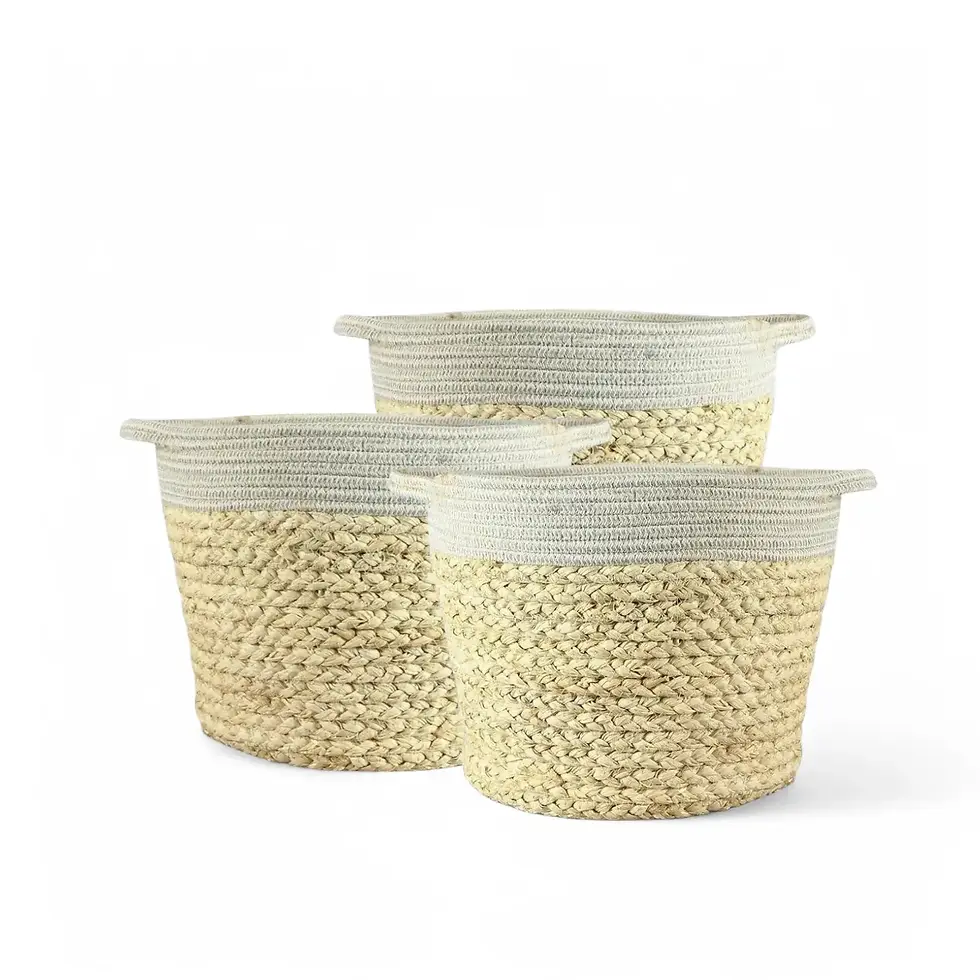Philodendron ernestii – Rare Climber and Care Guide
Philodendron ernestii Engl. is a rare and sought-after climbing species known for its deeply ridged, textured leaves and striking growth habit. Native to the tropical rainforests of South America, this epiphytic Philodendron thrives in humid conditions, producing large, dramatic foliage as it matures. With its bold appearance and easy-going nature, it’s a must-have for collectors and enthusiasts looking to add an exotic touch to their indoor jungle.
Why Grow Philodendron ernestii?
- Distinctive foliage: Deeply grooved, textured leaves create an eye-catching display.
- Strong climber: Benefits from a moss pole or trellis to support its upright growth.
- Resilient and adaptable: Thrives in various indoor conditions with minimal effort.
Key Growth Insights
- Native Habitat: Found in the rainforests of South America, growing as an epiphyte on trees.
- Size and Growth: Can reach 1-2 meters indoors, with large, elongated leaves.
- Growth Habit: Climbing, self-heading plant that benefits from vertical support.
- Toxicity: Contains calcium oxalate crystals, making it toxic if ingested.
How to Care for Philodendron ernestii
- Best Placement: Prefers a bright, indirect light location with moderate humidity.
- Light Requirements: Grows best in bright, filtered light; can tolerate lower light but may grow slower.
- Watering Routine: Allow the top layer of soil to dry out slightly between waterings.
- Humidity Needs: Prefers high humidity (above 60%) for optimal growth.
- Ideal Temperature: Thrives in temperatures between 18°C-28°C.
- Soil Mix: Well-draining mix with orchid bark, perlite, and sphagnum moss.
- Repotting Tips: Repot every 1-2 years or when root-bound to refresh nutrients.
- Fertilizing: Use a balanced liquid fertilizer every four weeks during the growing season.
- Propagation: Easily propagated through stem cuttings in water or soil.
- Hydroponic Suitability: Adapts well to semi-hydroponic growing setups.
- Pruning Advice: Trim older leaves to maintain shape and encourage new growth.
Common Issues and Solutions
- Pests: Watch for spider mites, thrips, and mealybugs; treat with neem oil, or use beneficial insects.
- Yellowing Leaves: Often caused by overwatering; adjust watering schedule.
- Slow Growth: Low light or nutrient deficiency can slow development—ensure optimal care.
Additional Care Insights
Providing a moss pole or trellis will allow Philodendron ernestii to climb naturally, leading to larger and more structured foliage. Regular misting and proper air circulation will help mimic its natural rainforest environment.
What’s Behind the Name?
The genus Philodendron comes from Greek, meaning “tree lover,” reflecting its climbing nature. The species name ernestii honors the botanist Ernst Ule, who contributed to the study of tropical plants.
Frequently Asked Questions
- Can Philodendron ernestii grow without a support?
Yes, but it will sprawl rather than climb, producing smaller leaves. - How do I encourage larger leaves?
Provide a moss pole, high humidity, and regular feeding. - Is this plant suitable for beginners?
Yes, it is relatively easy to care for and adapts well to indoor environments.
Order Philodendron ernestii today and add a rare, textured beauty to your plant collection!
Philodendron ernestii
Philodendron ernestii comes in following sizes:
M – is approximately 30 cm tall and comes in a ⌀ 8 cm pot
L – is approximately 50 cm tall and comes in a ⌀ 12 cm pot

























































